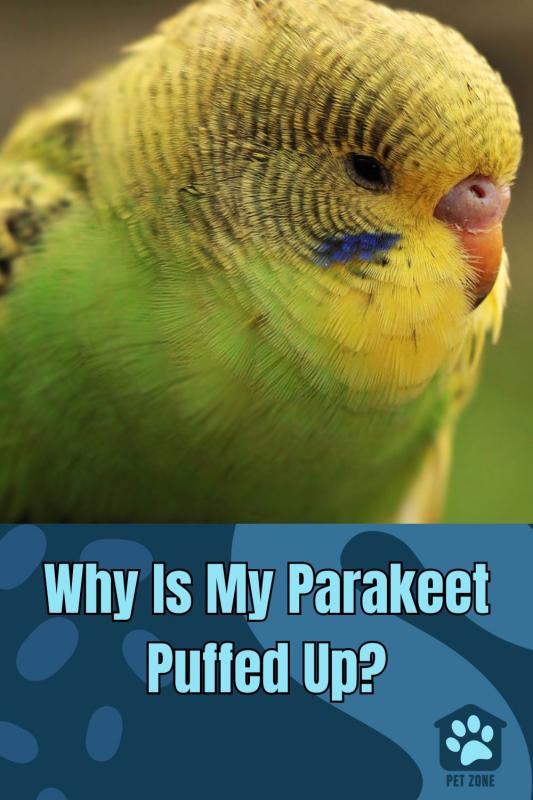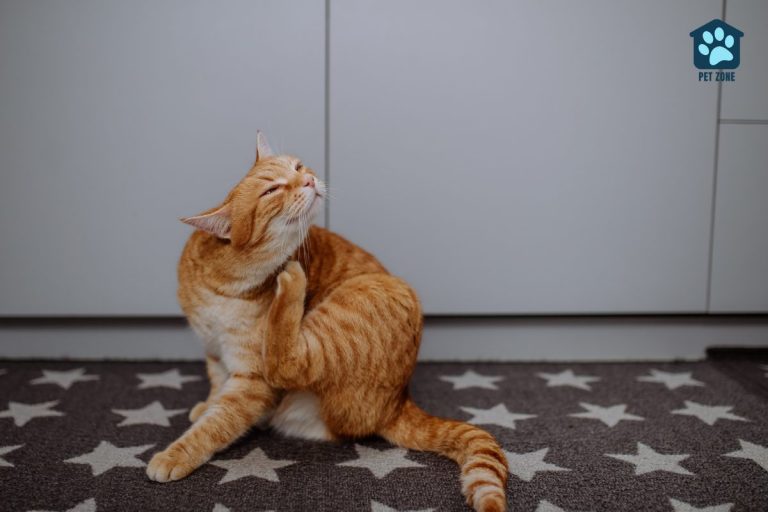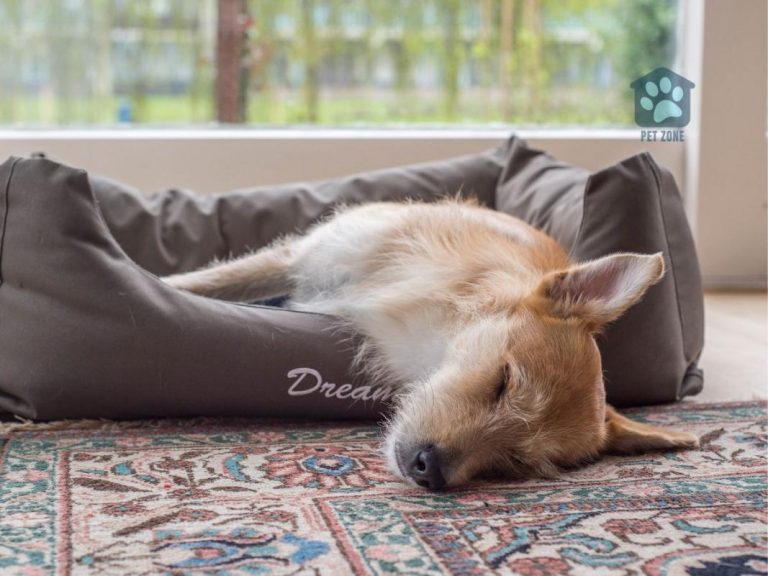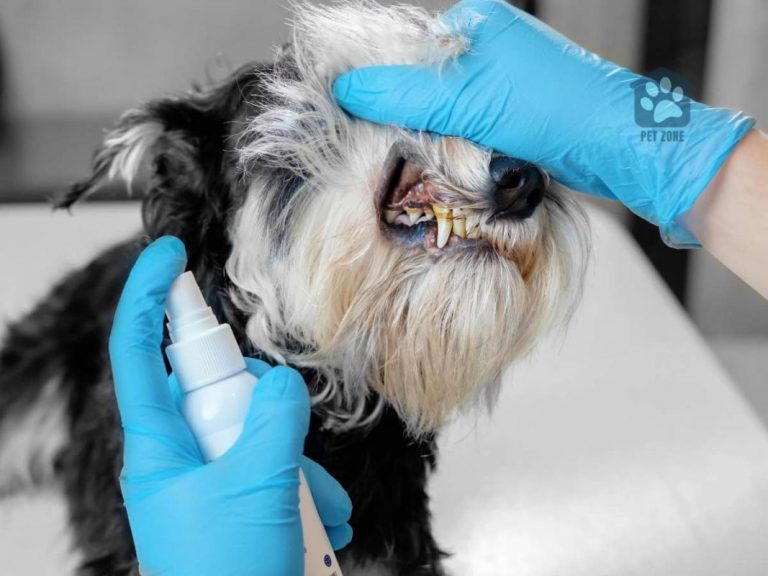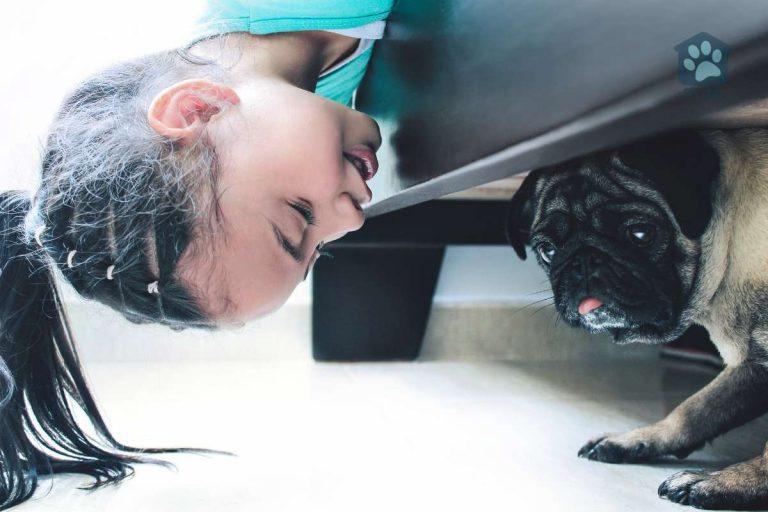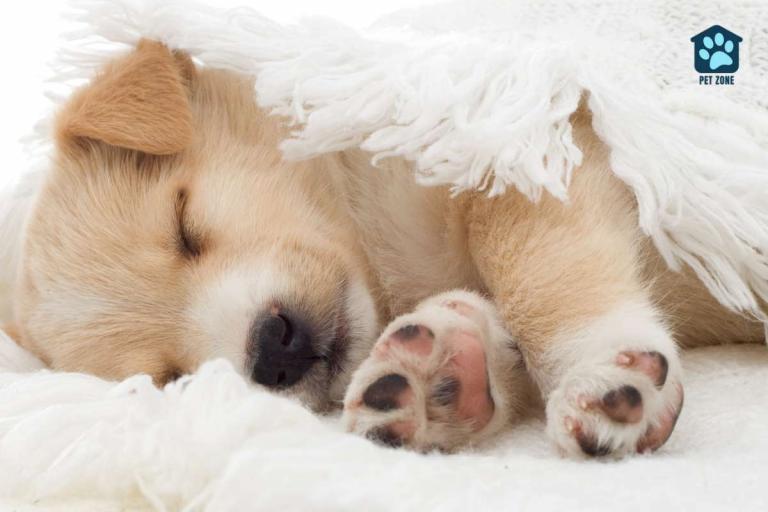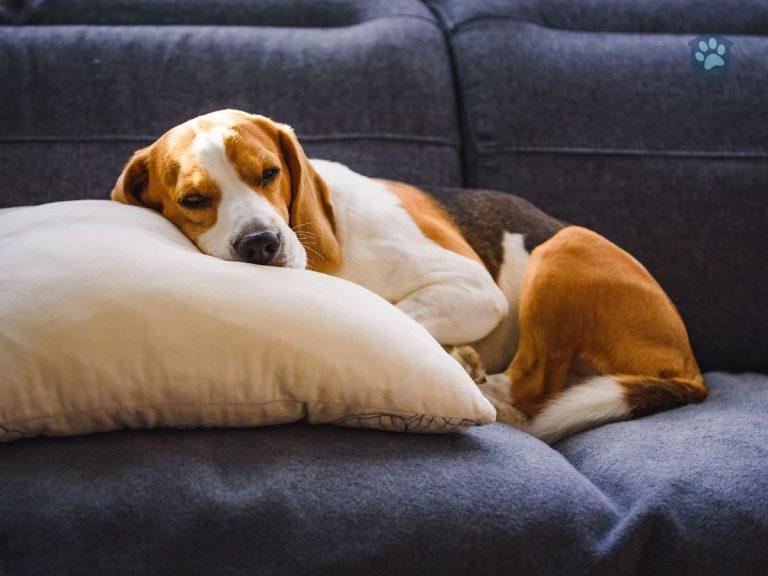Hello to all you parakeet parents out there! Picture this: You stroll past your bird’s cage, and there’s your parakeet—puffed up like a little cotton ball. Cute? Maybe. A reason to worry? Possibly.
That’s exactly what we’re going to explore today. Why do parakeets puff up, and when should you take action? Keep reading to uncover the truth behind this fluffy phenomenon.
Key Takeaways
- Parakeets puff up their feathers for various reasons, including feeling cold, sleepiness, happiness/excitement, irritation/fear, grooming, and attracting a mate.
- Puffing up can also be a sign of health concerns such as heatstroke/hypothermia or sickness.
- To help your puffed – up parakeet, provide warmth by maintaining the right temperature and avoiding drafts. Allow for adequate sleep and grooming time. Monitor for signs of illness like listlessness or abnormal behavior. Consider environmental factors like cleanliness and engaging activities. If needed, consult a veterinarian who specializes in avian health.
Reasons Why Your Budgie Puffs Up
Let’s talk about some of the reasons why budgies puff up their feathers!
Feeling cold
Your pet budgie may puff up if it feels cold. This action traps warm air close to their skin. It’s like wearing a fluffy coat in the winter! This helps your bird stay warm when the temperature drops.
Look out for this sign so you can make sure your feathered friend stays cozy and safe.
Sleepiness
Your budgie may puff up its feathers to sleep. This is a natural act. Bird owners like you may see your pet budgie standing on one leg with eyes closed when it’s time for bed. This means it is very sleepy and needs rest.
Puffing up serves as a comfy blanket for the parakeet. It traps warm air close to their body, which helps them stay warm during sleep. However, this does not signal that something is wrong with your bird or that they are sick birds needing vet care.
So next time you see your puffed-up budgie balancing on one foot, know they’re just about to take a nap!
Happiness/excitement
Parakeets puff up when they are happy or excited. Your bird may show this by bright eyes and active movements. If your parakeet sees you, it might even fluff its feathers out! This is a sign of joy and eagerness.
A puffed-up bird that flips its tail up and down is also very happy. So, puffing doesn’t always mean something bad. Sometimes, it just shows how much your budgie enjoys life!
Irritation/fear
Parakeets may puff up their feathers when they feel irritated or scared. It’s a defensive mechanism for them to make themselves look bigger and protect themselves from any perceived threat.
When a parakeet is puffed up due to irritation or fear, it can be a sign that something is bothering them. Maybe there’s loud noise, another pet bothering them, or they’re uncomfortable in their environment.
It’s essential as a bird owner to create a calm and safe space for your parakeet to help alleviate their irritations and fears.
Grooming
Parakeets puff up their feathers as a way to groom themselves. It’s their natural behavior to keep their feathers clean and in good condition. When they puff up, they use their beak and feet to straighten and preen each feather.
This helps remove dirt, dust, and any loose or damaged feathers. Grooming is an important part of a parakeet’s daily routine, ensuring that their feathers stay healthy and looking nice.
So if you see your parakeet puffed up, it’s most likely just taking care of its grooming needs.
Attracting a mate
Male parakeets have a special way of getting the attention of females when they want to mate. They puff up their feathers, bob their heads, and chirp with wagging tails. This behavior is like their version of showing off! It’s their way of saying, “Hey ladies, look at me!” Puffing up is a natural behavior that helps male parakeets attract a mate.
When they puff up, it makes them look bigger and more impressive. So if you see your male parakeet puffing up his feathers and acting all excited, he’s probably trying to catch the eye of a female bird.
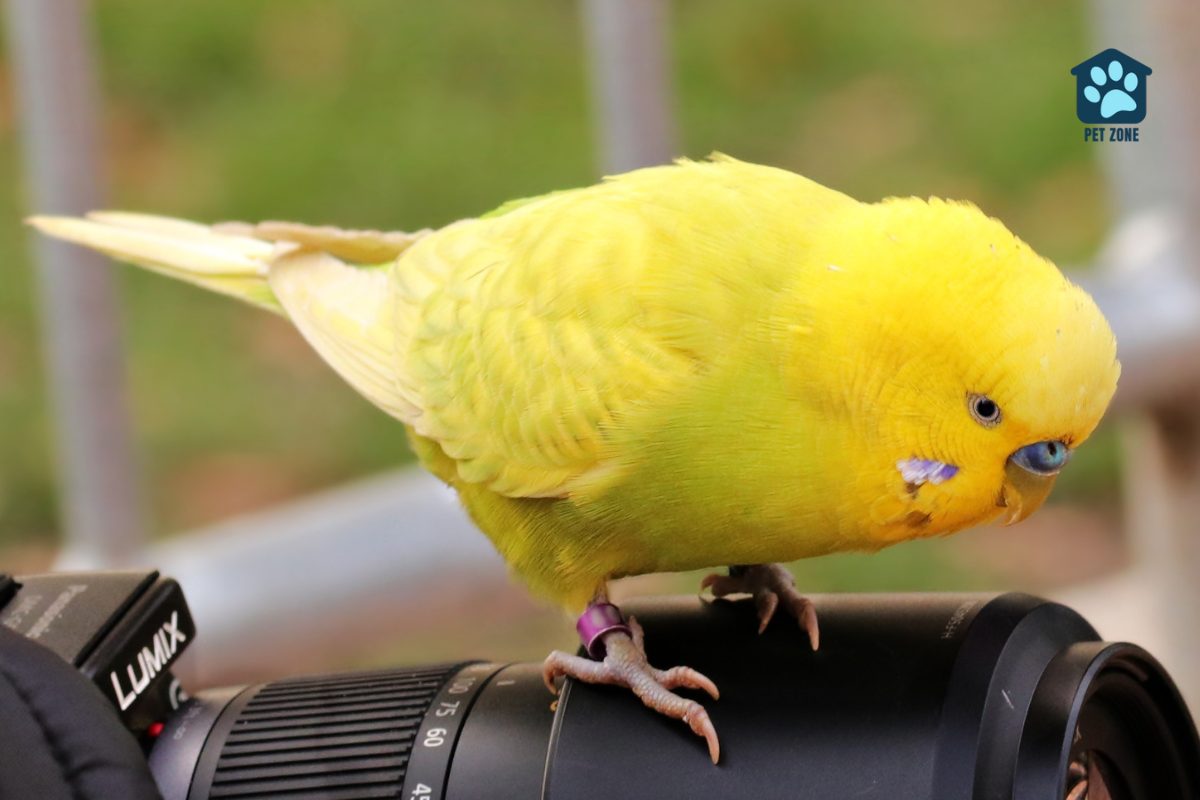
Signs of Sickness in Your Parakeet
Heatstroke/hypothermia
Parakeets can suffer from heatstroke and hypothermia, both of which are serious conditions. Heatstroke occurs when the temperature exceeds 85 degrees Fahrenheit, and it can be life-threatening for parakeets.
Signs of heatstroke include panting and trying to cool themselves by fanning their wings.
On the other hand, hypothermia happens when parakeets are exposed to extremely cold temperatures. Symptoms of hypothermia include listlessness, ruffled-up feathers, and shivering.
To prevent these conditions, it’s crucial to provide the right temperature for your parakeet’s well-being.
Sickness
Puffing up its feathers could be a sign that your budgie is sick. If your budgie is fluffed and showing other signs like listlessness, vomiting, loose droppings, or a bad smell in the vomit, it might be a sick budgie.
Your parakeet may also huddle low on its perch, breathe heavily, or seem uncomfortable. Birds often puff up their feathers when they’re not feeling well. As an attentive owner, you can look for these subtle clues to catch any signs of illness in your parakeet’s behavior or appearance and take appropriate action.
How to Help a Puffed Up Parakeet
Provide warmth
To keep your puffed up parakeet warm and comfortable, here are some ways you can provide warmth:
- Make sure the temperature in your home is kept between 68 to 78 degrees Fahrenheit, as this is the ideal range for budgies.
- Place the cage away from drafts or cold areas, such as near windows or air conditioning vents.
- Use a birdcage heater or a heat lamp specifically designed for birds to provide extra warmth during colder months.
- Cover the cage with a white or cloth towel at night to help retain heat and create a cozy sleeping environment.
- Avoid placing the cage near direct sunlight or heat sources that may cause overheating.
Allow for sleeping and grooming
Parakeets need time for sleeping and grooming. Here are some ways to help them with that:
- Provide a quiet and comfortable sleep environment for your parakeet. Make sure the cage is in a quiet area of your home where they won’t be disturbed.
- Give your parakeet plenty of perches and toys to play with during their waking hours. This will help keep them entertained and stimulated.
- Set a consistent sleep schedule for your parakeet, ensuring they have enough hours of uninterrupted sleep each night.
- Allow your parakeet to groom themselves regularly. They will use their beak and feet to clean, preen, and straighten their feathers.
- Consider providing a birdbath or misting their feathers to help them with bathing and grooming.
- Ensure that the cage is spacious enough for your parakeet to move around comfortably, stretch their wings, and engage in natural behaviors like flapping and exercising.
Monitor for signs of illness
Keep a close eye on your parakeet for any signs of illness. Here are some things to look out for:
- Cold feet, listlessness, ruffled feathers, and shivering may indicate illness in a parakeet.
- Swollen or sore eyes can be a sign of illness in a parakeet.
- Puffed up posture, tail-bobbing while breathing, and sitting for long periods can indicate sickness in a parakeet.
- Illness in parakeets can be caused by trauma, poor upkeep, inferior hygiene, stress, and genetics.
- Close monitoring and seeking veterinary advice are crucial when caring for a sick parakeet.
Consider environmental factors.
To ensure the well-being of your puffed up parakeet, it is important to consider environmental factors. Make sure that the temperature in your bird’s surroundings is appropriate. Parakeets are sensitive to extreme changes in temperature, so avoid placing their cage near drafts or direct sunlight.
On chilly days, you can provide extra warmth by using a birdcage heater or covering part of the cage with a blanket. It’s also crucial to maintain cleanliness in their living space and provide them with engaging activities and toys to prevent boredom and stress.
Lastly, regular check-ups with a veterinarian who specializes in avian health can help you address any potential issues early on and keep your parakeet happy and healthy.
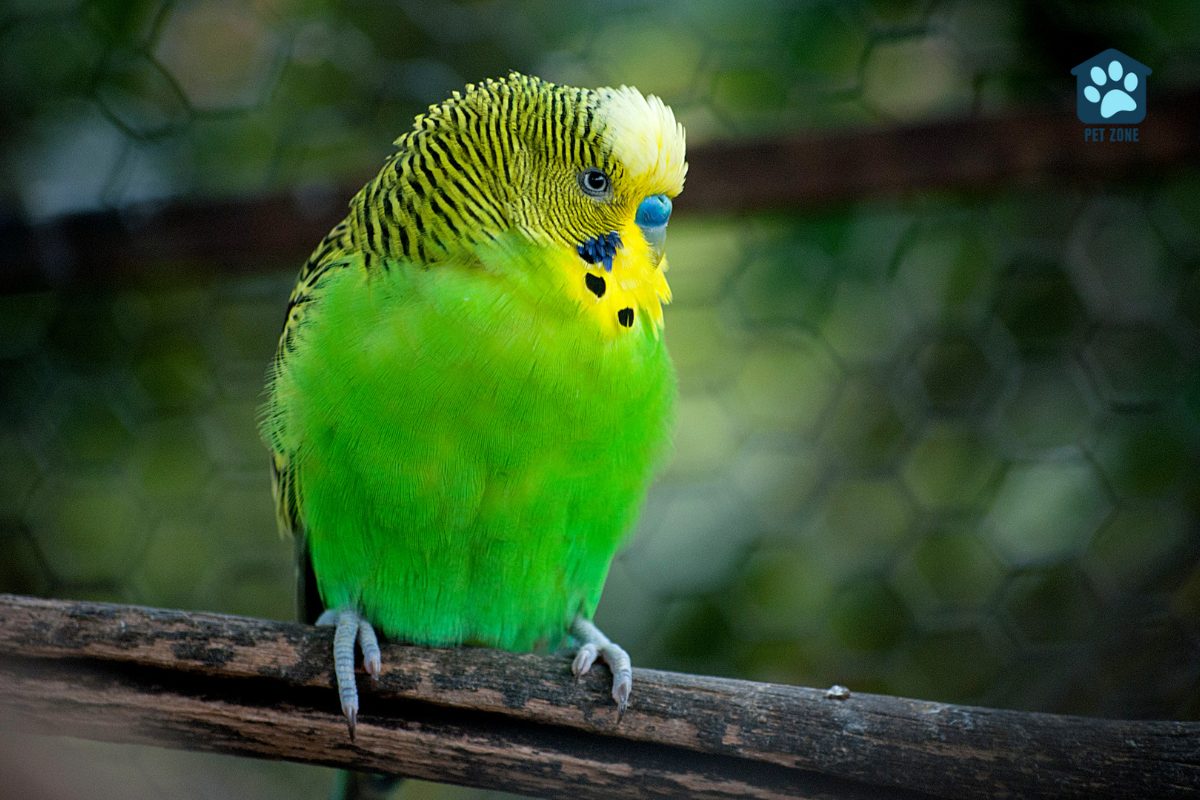
Conclusion
If you notice your budgie is puffed up, it could be for various reasons such as feeling cold, sleepiness, happiness/excitement, irritation/fear, grooming, or attracting a mate.
However, puffing up can also indicate health concerns like heatstroke/hypothermia or sickness. To help your puffed-up parakeet, provide warmth and a comfortable environment for sleeping and grooming.
Monitor their behavior for signs of illness and consider consulting a veterinarian if needed. Remember to always prioritize the well-being of your feathered friend to ensure they stay happy and healthy!
Frequently Asked Questions
Your budgie might puff up for various reasons. It could be trying to keep warm, express emotion or relax. But if your bird stays puffy for a long time, it may be sick.
Puffing is not always bad but if you notice other signs like heavy breathing, running eyes, or your budgie acting quiet and staying in one area of the cage, take it to an avian vet as soon as possible.
Look out for unusual signs like chirping less, sleeping more or at odd times and isolation. The bird will often hold its wings away from its body and seem very tired.
Respiratory issues can make a parakeet remain puffed. For male birds testicular cancer may also result in this behavior while female ones with eggbound conditions show similar symptoms.
Provide warmth through proper temperature regulation but not extreme heat; offer dietary changes that help respiratory rates; clean fecal remains always; monitor recovery rate after illness and ensure adequate rest periods without sleep deprivation.
Not really! Budgies tend to fluff their feathers when feeling happy and relaxed too but prolonged puffiness paired with other worrying factors definitely needs an immediate vet check.
As an Amazon Associate I earn from qualifying purchases.
